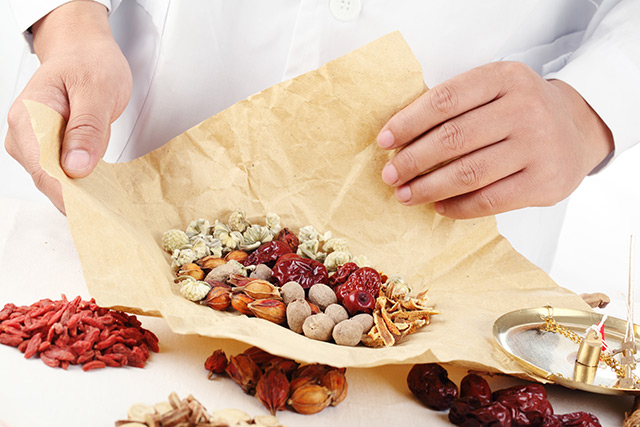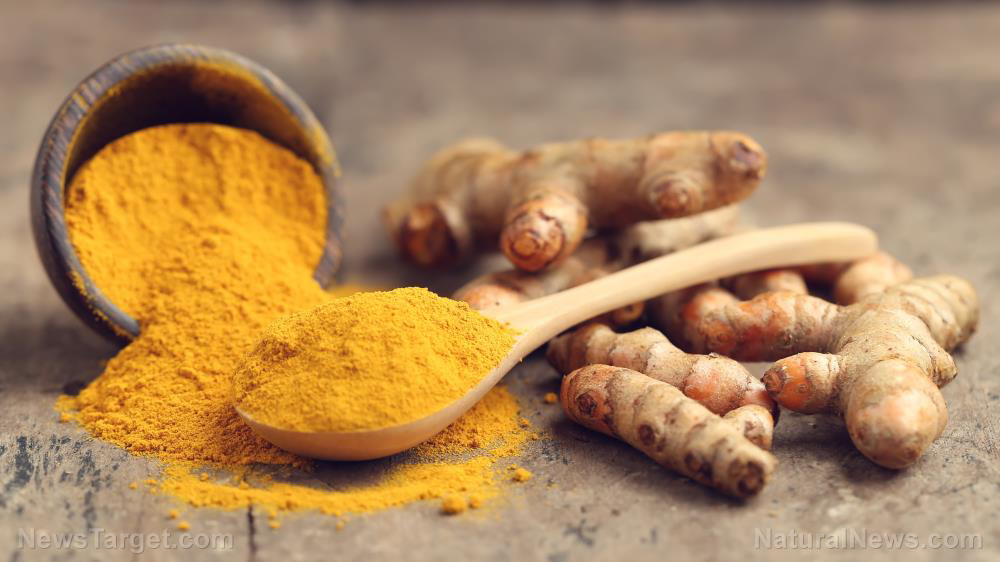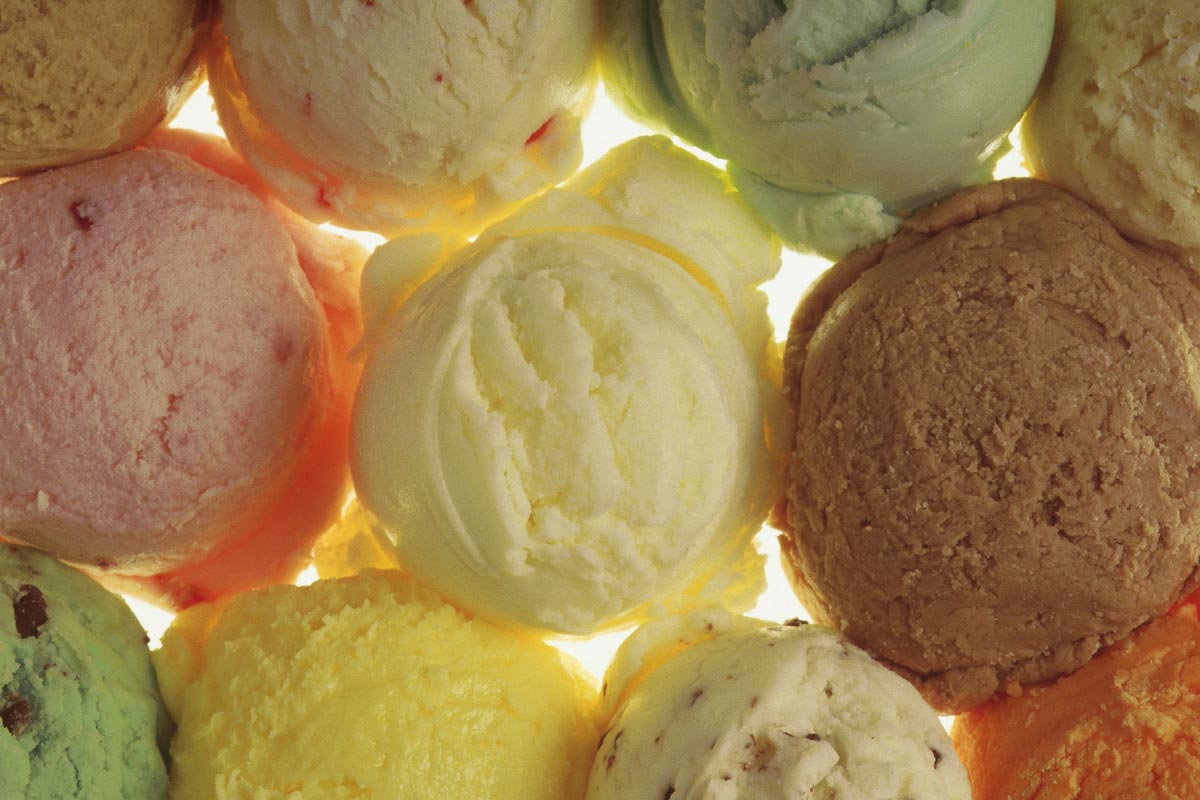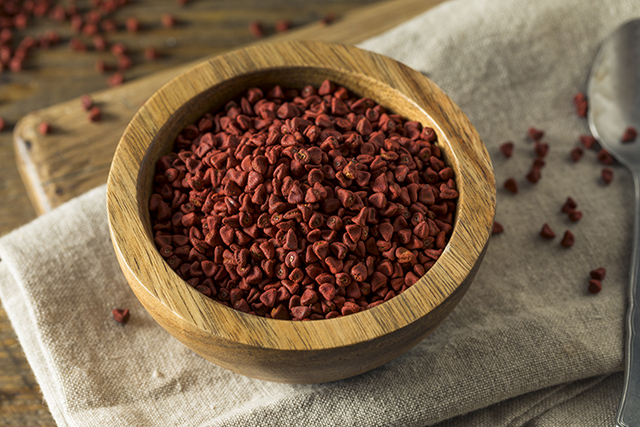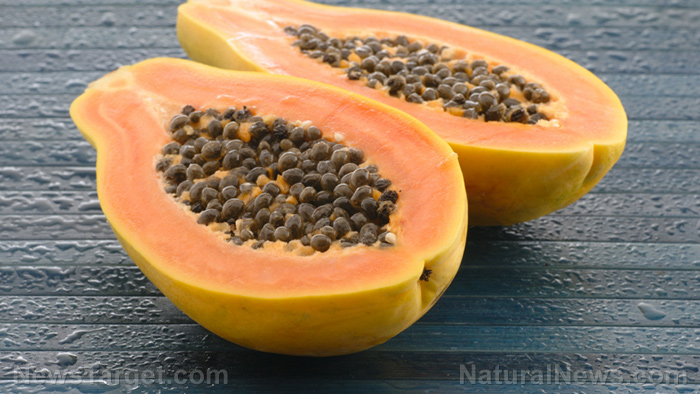The many uses of TCM herb Gynura divaricata in health, medicine, and food
07/20/2018 / By Frances Bloomfield
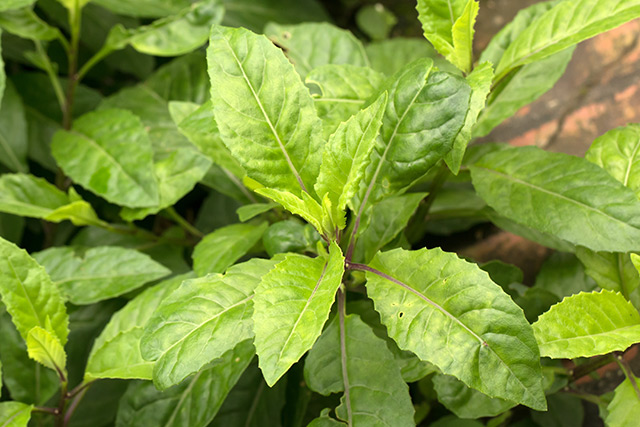
Also known as “Bai Bei San Qi,” the Gynura divaricata is a plant known for being one of the most famous traditional Chinese medicine herbs. Widely distributed across southern China, G. divaricata has been utilized in the treatment of numerous diseases, ranging from diabetes to bronchitis to rheumatism to toothaches. Its leaves, stems, and roots can all be used for medicinal applications, and this may be due to its content of numerous and highly varied beneficial compounds. These compounds, their effects, and their uses are what a team of researchers has looked into for their study, published in the African Journal of Traditional, Complementary and Alternative Medicines.
The team made use of a wide array of separation techniques to simplify the identification of the constituents of G. divaricata. These included high-performance liquid chromatography, capillary electrophoresis, and liquid chromatography–mass spectroscopy. Treatment with ethanol, petroleum, ether, and other chemicals was employed as well.
Flavonoids and phenolic compounds were uncovered, some already known and others only found during the course of the study. These compounds, according to the researchers, were responsible for the benefits associated with G. divaricata, most notably:
- Hypoglycemic activity: A good number of constituents were found to have anti-diabetic influence. While the researchers noted that flavonoids were the active components, they saw polysaccharides that could be just as useful against diabetes. They cited one study wherein polysaccharides suppressed the expression of intestinal disaccharidase activities of diabetic rats. Flavonoids, on the other hand, were described as having “strong inhibitory activity” on protein-tyrosine phosphatase 1B (PTP1B), an enzyme that is being looked into for its clinical implications in type-2 diabetes treatments. Moreover, the hypoglycemic activity of G. divaricata remained even when the researchers turned it into lyophilised powder. Of the powder, the researchers said it “induced a significant decrease in fasting blood glucose by more than 55 percent in G. divaricata-treated diabetic groups, relative to diabetic model mice, which successfully demonstrated that G. divaricata has potential to be an effective medicine for the treatment of diabetes.”
- Antioxidation: On top of their anti-diabetic qualities, the antioxidant activities of flavonoids were discussed as well. The flavonoids, along with the polyphenols of G. divaricata, were said to be key in the plant’s antioxidative effects. Flavonoids achieve this primarily by stimulating antioxidant enzymes into scavenging for free radicals, while polyphenols are natural antioxidants. “Thus, with this background, we could conclude that G. divaricata is of prominent antioxidant capacity,” wrote the researchers. (Related: Antioxidants help arteries stay healthy in people at risk for heart disease.)
The power of the elements: Discover Colloidal Silver Mouthwash with quality, natural ingredients like Sangre de Drago sap, black walnut hulls, menthol crystals and more. Zero artificial sweeteners, colors or alcohol. Learn more at the Health Ranger Store and help support this news site.
In addition, these compounds were also linked to the antihypertensive, hypolipidemic, antitumor, and antiproliferation effects of G. divaricata.
As for the culinary applications of G. divaricata, the researched touched on these too. Brewing the leaves and stems into a tea is said to be good for diabetes, while eating a soup of fresh shoots once every two or three days is believed to remedy gastrointestinal upset, improve insomnia, and lower hypertension. Adding the branches and leaves to pork dishes, claim the researchers, can enhance the nutritional value of these meals.
In conclusion, the researchers have recommended that more work be poured into analyzing the pharmacological mechanisms of this plant, as past studies haven’t done this in depth. “Therefore, strengthening the basic research of the G. divaricata in these areas is of great significance to the development of new medicinal resources and medical care,” they suggested.
Go to ChineseMedicine.news to read up on more studies or news stories on the multitude of herbs in traditional Chinese medicine.
Sources include:
Tagged Under: alternative medicine, food as medicine, food cures, Gynura divaricata, herbal medicine, Herbs, medicinal plants, natural cures, nutrition, plant cures, plant medicine, research, TCM, traditional Chinese medicine



